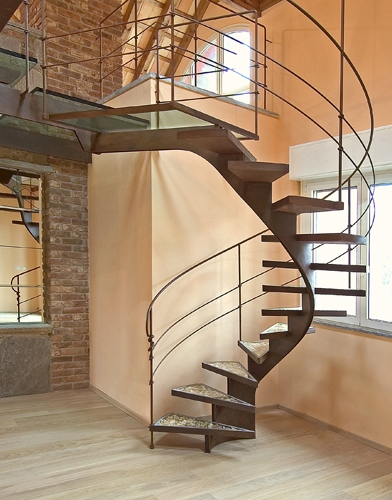This morning we opened our door, ready to set off for market, when we saw this:
I looked to the left: an army of men in shiny black suits and pomaded hair were hurrying toward and then past me, leaving a trail of cologne, to converge facing this shrouded figure, whatever it was.
El sr J ran inside to get the camera, came back out and said, "let's go." No way was I going to try to slip through that barricade of dignitaries and bodyguards sporting earpieces. So I stood in my doorway and watched. He left to join the crowd and photograph the event. Eventually I saw his head above the crowd. Here they are just about to uncover the bust of. . . .
You guessed it: Venustiano Carranza, "hero" of the Mexican Revolution.
My knowledge of the Mexican Revolution comes mainly from Mariano Azuela's
Los de abajo, translated to English as
The Underdogs, a very bad novel in a series of bad novels I read at one period of my life. All I remember from the novel is that groups of armed men roved the countryside, betraying and killing each other. (Kind of like now, come to think of it). Here is a brief history lesson from
El sr J:
Carranza was the leader of one the factions fighting to control Mexico during the Revolution. The others included Pancho Villa and Emiliano Zapata. They formed various combinations, none of them lasting, and issued various decrees and proposals for shaping the new society in an effort to garner support to form a new government.. Carranza's was the
1913
Plan de Guadalupe, a response to the recent coup in which General Victoriano Huerta overthrew and executed the sitting president, Francisco I. Madero. Carranza called for a restoration of constitutional government and peaceful elections. After a period of continued negotiating and fighting, which also involved U.S. incursions and bombardments, Carranza ultimately (with the diplomatic support of the U.S.) succeeded in overcoming opposition. He organized and led a constitutional convention in Querétaro in 1917 which produced the current frame of government. Not surprisingly, Carranza was subsequently elected president. He was assassinated in 1920. And so it goes.
Carranza, whose followers called themselves Constitutionalists, is considered a hero by those who decry the so-called excesses of the Revolutionary period, often associated with Zapata and Villa, whose popular support came primarily from the landless
campesinos and
los de abajo and who had a more radical approach to the problems confronting Mexican society. I suppose one could say that Carranza's policies were fundamentally conservative, reflecting as they did an insistence on traditional governmental structures (Carranza was himself a long-time government functionary before the Revolution) and a cautious approach to reform. And then there's that U.S. support, which traditionally has gone to the person or party most likely to provide stability and predictability and a good climate for business.
Today,
5 de febrero, is the anniversary of the promulgation in Queretaro of the Mexican constitution, a day celebrated throughout the country, and, not coincidentally, the date of the unveiling of his bust on the street named for him. But those in attendance were not
los de abajo. They were
los de arriba.













































